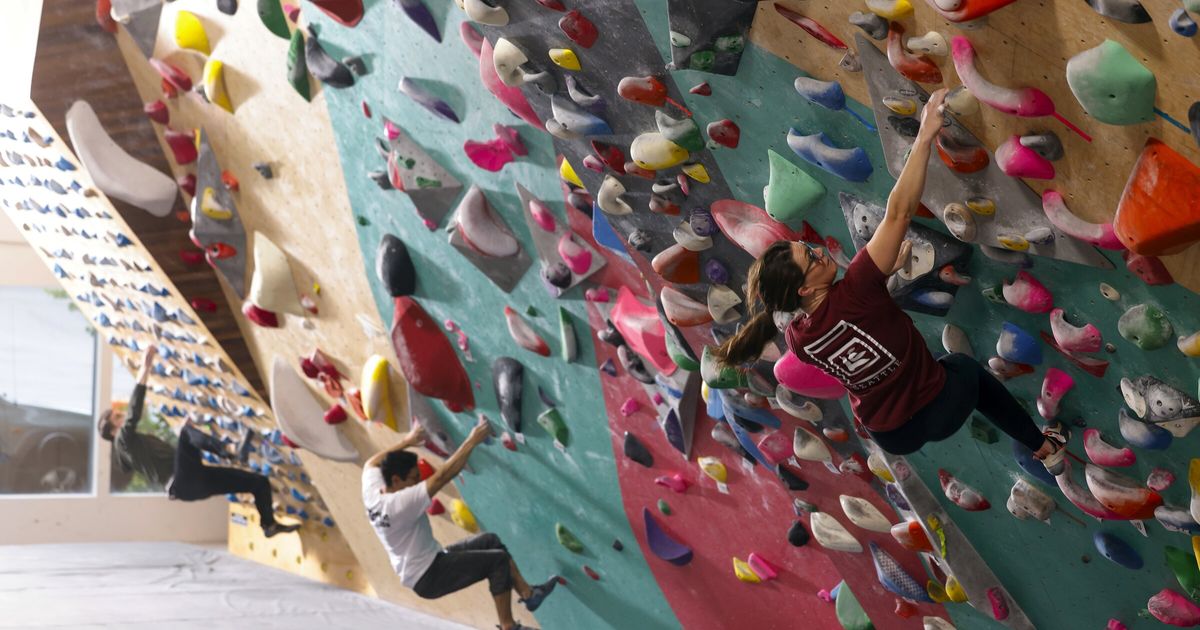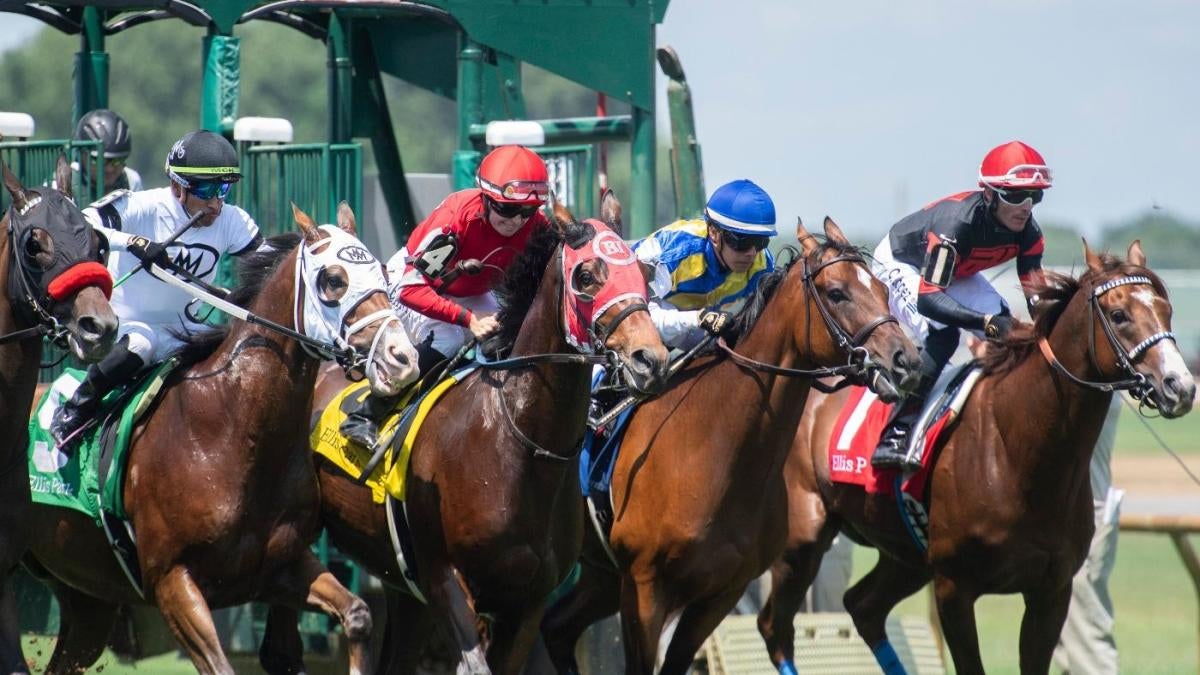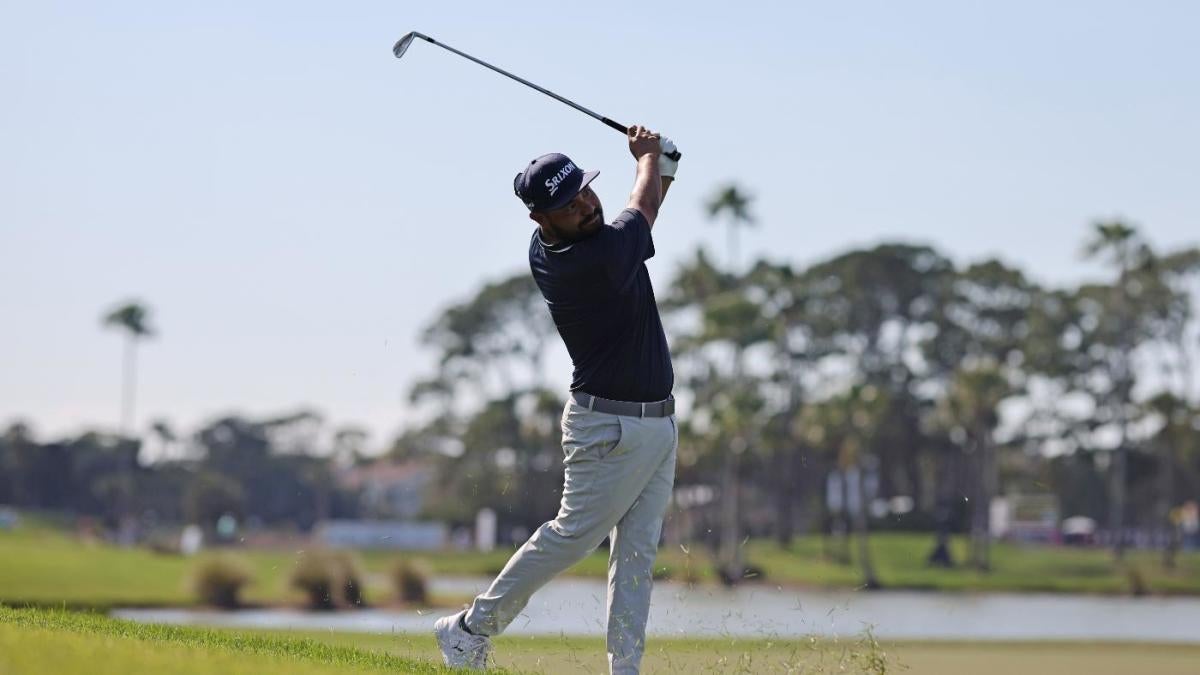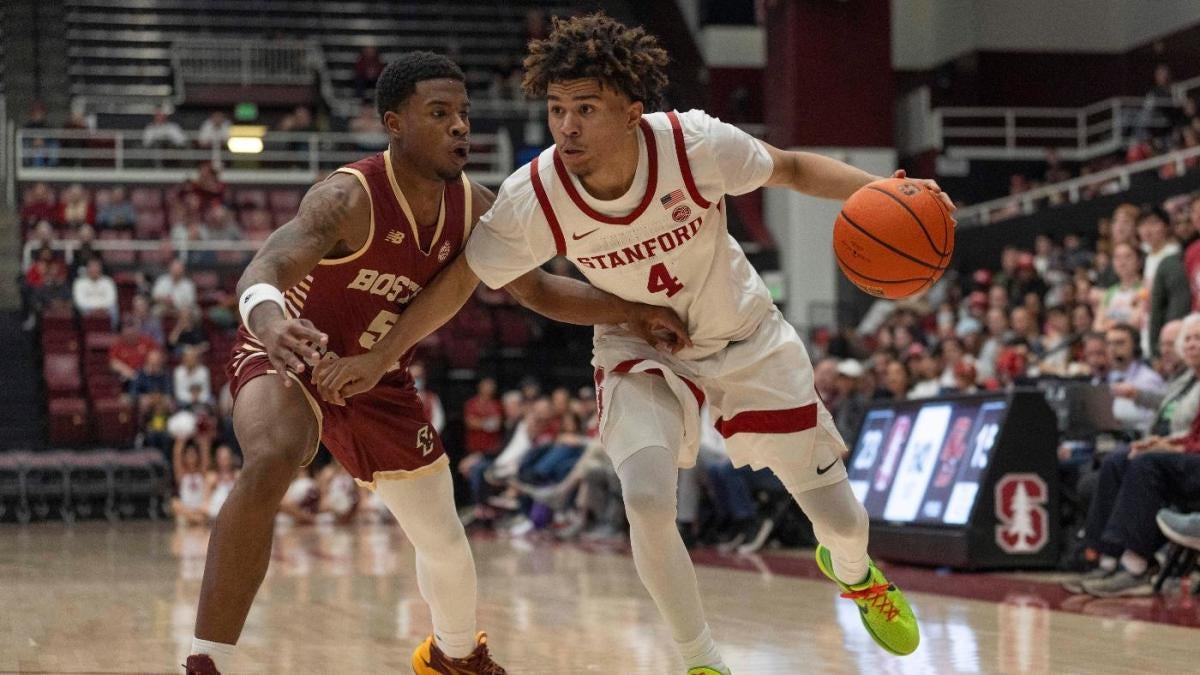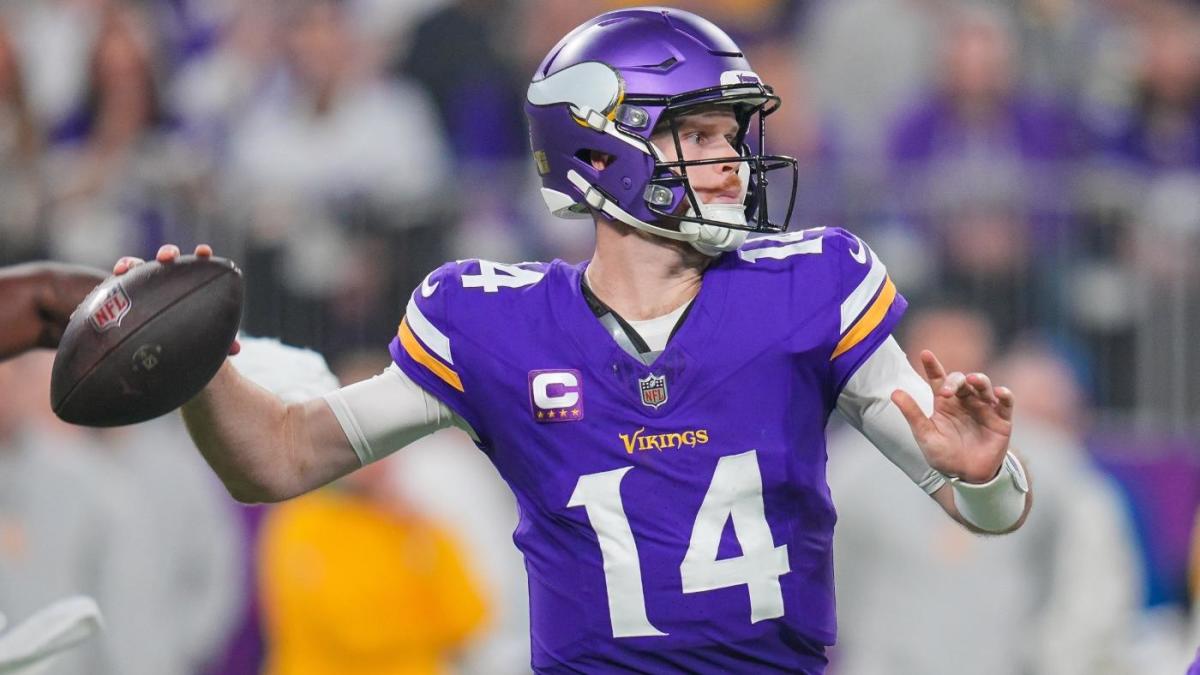SKATERS PERFORMING gravity-defying tricks on steep ramps. B-boys and b-girls freestyling and spinning upside down on one hand in front of the Eiffel Tower. Surfers carving through some of the most extreme waves in the world. Climbers flying up slanted walls.
These might not be traditional images for the Summer Olympics, but this year’s Games are broadening their scope by featuring sports that, until recently, were left out of the global spotlight that comes with the Olympics.
In addition to core traditional sports such as gymnastics, swimming and volleyball, this year’s Games will feature breaking, which is part of the Olympics for the first time. The Paris Games also will feature surfing, sport climbing and skateboarding, which debuted at the Tokyo Games in 2021.
These sports were chosen for the Paris Olympics because they are seen as more inclusive, equitable and youth-focused. The expectations are high that the Paris Olympics, which start July 26, will be a bigger draw than the Tokyo Games, which struggled with pandemic precautions, no live audiences and a challenging time difference for Americans watching on TV.
But for local athletes, the Games are affirmation that their sport has reached a new pinnacle, and they hope it will draw new interest to sports they love.
Seattle has long been a hub for many of these sports and their inclusive, communal spirit; head to a skateboard park, a breaking session, a climbing gym or a surf break, and you’ll witness an outpouring of encouragement, support and acceptance of all identities and skill levels. It’s a world where people are creating their own expression through their sport. And now, they get to share that on a global level.
“I’m super-hype about the Olympics,” says breaker Hocine Jouini, a member of the Massive Monkees breaking crew. “I think it will be a huge success.”
Breaking
At an open breaking session at The Beacon dance studio south of the Chinatown International District, Carlos Salas works on his freezes with two of his friends encouraging him. He bends one arm, balances all his weight on his elbow and puts one shoulder on the ground, his legs extending out in a V-shape. After he does it multiple times, he lies on the hard floor, breathing heavily.
Salas, 24, discovered breaking during a dance class at Duke University. The class had only two weeks of breaking, and he couldn’t find other breakers in North Carolina, but he loved it so much, he started dancing on his own.
When he moved to Seattle for work, he found The Beacon, a dance studio founded by famed breaking crew the Massive Monkees. He started taking classes and met people who became friends and this year has been breaking four to five times a week.
“People are randomly throwing [shadow] punches at each other; nobody gets hurt, and there’s music in the background,” Salas says. “It makes it feel epic.”
Breaking has grown into a global phenomenon, with b-boys and b-girls all over the world, and now has the Olympics’ seal of approval. Massive Monkee Jerome Aparis (better known by his b-boy name, Jeromeskee) has judged some of the Olympic qualifiers.
Breaking wasn’t chosen for the Los Angeles Olympics in 2028, which is disappointing for the community, because breakers feel as if they haven’t gotten a chance yet to demonstrate what they can do in Paris, says Jouini, who co-owns The Beacon.
But with breakers literally competing in front of a backdrop of the Eiffel Tower this summer, it is by far the biggest stage breakdancing has had.
“It’s super, super exciting,” Jouini says. “It’s kind of surreal.”
At the open breaking session, newer dancers mingle with members of the Massive Monkees. With music pounding in the background, dancers start off toprocking, dancing to the beat of the music, before diving to the floor to add complex spins, spiraling handstands, freezes on their arms or other fast-as-lightning footwork. B-boys and b-girls who pull off difficult moves get claps, fist-bumps and shouts of appreciation.
Growing up in Belarus, Katya Kovalevskaya, 34, started breaking when she was young. The music pulled her in. All these years later, she keeps coming back.
“The vibe is very explosive,” she says. “It’s an addiction.”
Noah Ranola has been breaking since he was 9, when he saw a demonstration at the Seattle Public Library. He started taking classes at Body Language Studio in Renton, and he’s now a Massive Monkee, part of the young generation of b-boys added to the crew in recent years. During the open breaking session, he goes back to the floor over and over, working on complex and challenging spins and freezes.
“It’s like art,” says Ranola, 19. “My dad is an artist, and he said, ‘You’ve gotta find your medium.’ Dance is my medium.”
Sport Climbing
At Uplift Climbing in Shoreline, people stand next to the thick mattress pads, intently watching climbers on bouldering routes marked by chalky neon pink, black or vivid blue holds; almost no one is scrolling on phones with chalk-dusted fingers.
It is frequently silent while someone climbs, but as soon as they drop back down to the mat, words of encouragement and fist-bumps are traded.
Seattle has a long history with climbing. With the region’s easy access to the outdoors plus indoor climbing gyms, including Vertical World, America’s first climbing gym, Seattle has generated many competitive climbers. And if you hike past an outdoor climbing route on a dry day, you’ll likely encounter multiple climbers wearing helmets and harnesses, making their way up a rock wall.
But sport climbing, which first appeared at the Tokyo Olympics, is an indoor sport, and Seattle, with its near-constant winter rain, also has a big climbing population that trains indoors.
Sport climbing for Paris is the same as it was in 2021 in Tokyo, featuring three types of climbs — speed, bouldering and lead climbing. Speed is an explosive event, with climbers going up a preset route. In bouldering, climbers ascend a 4.5-meter wall without ropes; in lead climbing, athletes are on a longer, more complex and challenging route with ropes. This year, however, scoring has changed, so one Olympic gold medal will be awarded to the winner of speed, and another for the combination of bouldering and lead climbing.
The Tokyo Olympics sparked more interest in climbing, but so did the pandemic, with people looking for activities they could do outdoors, says Milo Forbes, an Uplift climbing coach. He also thinks the 2018 documentary “Free Solo,” which follows climber Alex Honnold on a spectacular free climb attempt of El Capitan in Yosemite National Park, got more people started.
It’s not surprising the sport is popular in a city known for its strong outdoor culture. But for newer climbers, its appeal extends beyond strength and hearing birds chirping while climbing a massive rock.
For Darryll Martinez, climbing was a way to get out of the house to help ease anxiety that emerged during the pandemic.
“I love it,” says Martinez, 39. “It helps me get my brain out of anxiety; you have to focus on what you need to do to climb. It’s like a puzzle, which is fun for me.”
Another climber, Leigh Tran, was a longtime hiker who always had been curious about climbing when she started at 40 years old. A year ago, she decided to take it seriously and started training and climbing more consistently.
Now 45, she likes to connect with other women her age to train together.
“Climbing is where I found community, people and really great friends,” she says.
And that community is buzzing about the Olympics, says Uplift owner Andrew Hou, with people following their favorite climbers. Everyone is trying to figure out how to watch the competition with friends.
“It’s always cool to see the pinnacle of your sport showcased on an international stage,” Hou says.
Skateboarding
During a skateboarding lesson at All Together Skatepark, a teacher holds Lisa Whitaker’s hands at the top of the ramp, then runs with her as she soars on her skateboard down two ramp levels.
“It’s exhilarating,” says the 43-year-old. “It feels like you’re flying a little bit.”
Whitaker says she always wanted to learn to skateboard, but wrote it off until her 13-year-old daughter wanted to try. They have been taking a class together during Women and Trans Night, and that inclusive, safe atmosphere makes a huge difference, Whitaker says.
As for her skating, Whitaker has been learning how to fall, which is its own challenge. But skating is not as hard as she thought it would be.
“I can’t wait to hang out with my kids at skateparks this summer,” she says.
Inside the skatepark, people of all ages work on tricks, many taking off from the top of a ramp on one side of the skatepark to fly across the floor to a taller ramp to do flips or to practice flying off a small set of stairs. Many of them work the same trick a dozen times or more before moving on.
In Paris, skateboarders will compete in two disciplines — park and street, where they must execute tricks rated for difficulty, speed and range of moves.
Seattle is known for its strong skateboarding scene, says Marshall Reid, the All Together Skatepark manager. Kids tend to get into skateboarding because they see it on TV or online, but Reid says he’s seeing more adults start skating. This past year, the demand has been high enough that the skatepark has been offering an adult boot camp class once a month.
The Tokyo Olympics also increased the interest in skateboarding, he says, and he hopes the same will be true with the Paris Games.
“What the Olympics is doing is normalizing skateboarding and making it look totally appealing to kids,” he says.
Inclusivity and availability weren’t the experience for a lot of skaters when they started, including Kristin Ebeling, executive director of Skate Like a Girl, a Seattle-based nonprofit that helps women and trans people grow into leaders through skating.
Unlike when she was a kid, skateboarding has become more mainstream, she says. She’s hopeful the Olympics in Paris will provide another moment, like Tokyo, when kids see something cool and want to do it. Skateboarding is a tough sport and requires tenacity to get better; it also teaches humility and how to face your fears, she says.
“I want all kids to try to have an opportunity to do it,” Ebeling says.
Surfing
Enjoying cold water might be practically mandatory when throwing yourself into water that never gets warm. It’s also a highly useful mental attitude for surfing in the Pacific Northwest, where the sport calls for wet suits year-round in the frigid waters of Puget Sound and the Pacific Ocean.
If you despise being cold, it might sound like too much. But for those who love surfing, the cold water is a huge part of the appeal.
Julia Malone moved from warm-water Florida, where she dabbled in surfing, to Seattle, where she decided to take it seriously. Now you can find her out at least a couple times a month working on her surfing skills.
“There’s something so special and so great about being in the Pacific Northwest and surfing in the cold water,” says Malone, 26. “There’s built-in adversity and adventure. It builds this very cool mutual respect for people who are out there.”
Like other outdoor sports, surfing got more popular during the pandemic. Dave Rider, co-owner of local paddleboard and surf shop Surf Ballard, says he also saw a shift of people who were more willing to drive the 2.5 to three hours to popular surf spots such as Westport and drive home the same day.
And this year, the Olympics could draw even more newcomers, with an epic location at Teahupo’o in Tahiti, part of French Polynesia, where surfers will be judged on variety; type and difficulty of their tricks; and speed, power and flow.
Longtime surfer and Seattle resident Jim Manning, who regularly watches surfing competitions, was not impressed by the surfing waves in the Tokyo Olympics. But the location in Tahiti has some of the top waves in the world, he says.
“I know the surfers are really excited for the chance to both represent country and compete at such an amazing wave,” he says “The surfing community is definitely really excited about Tahiti.”

